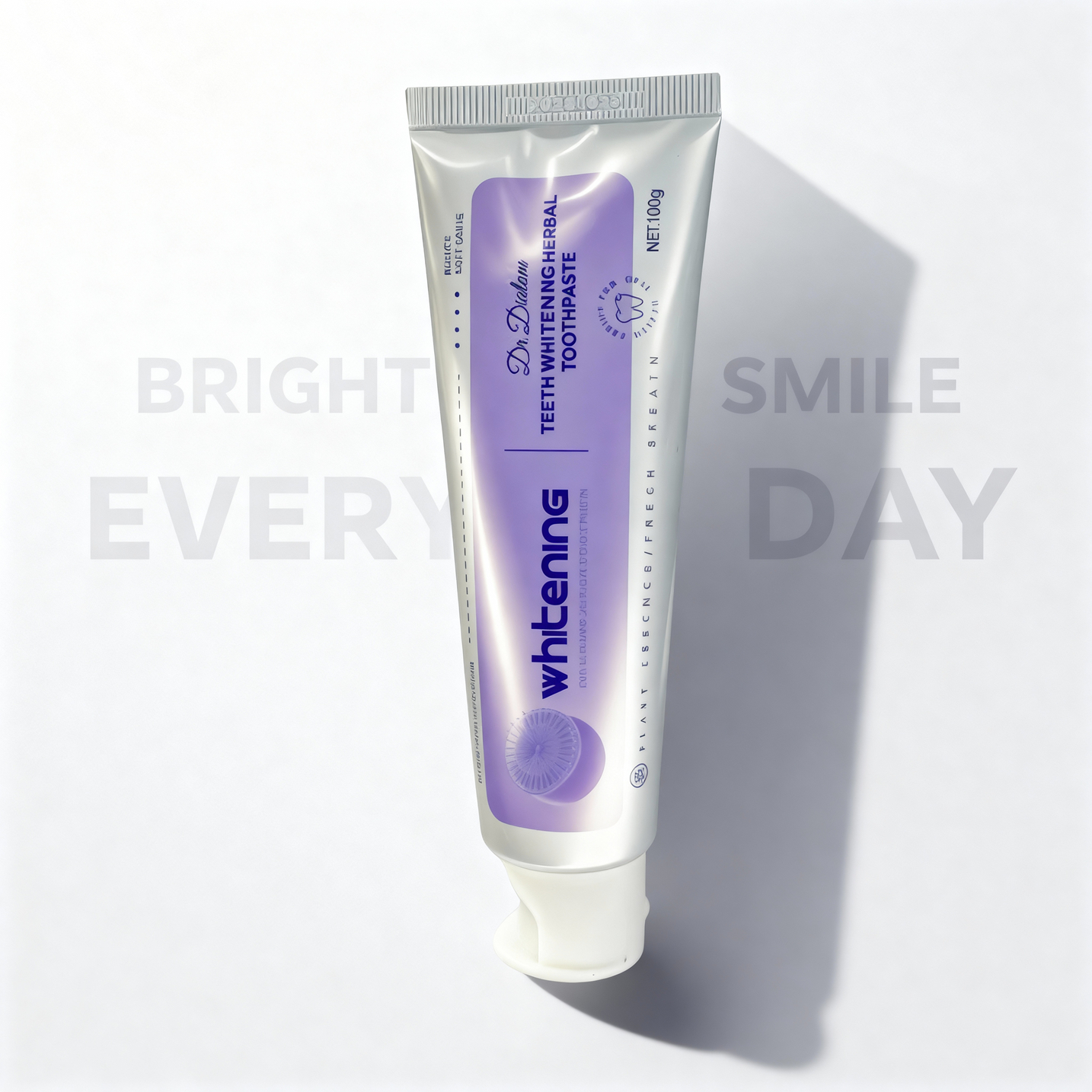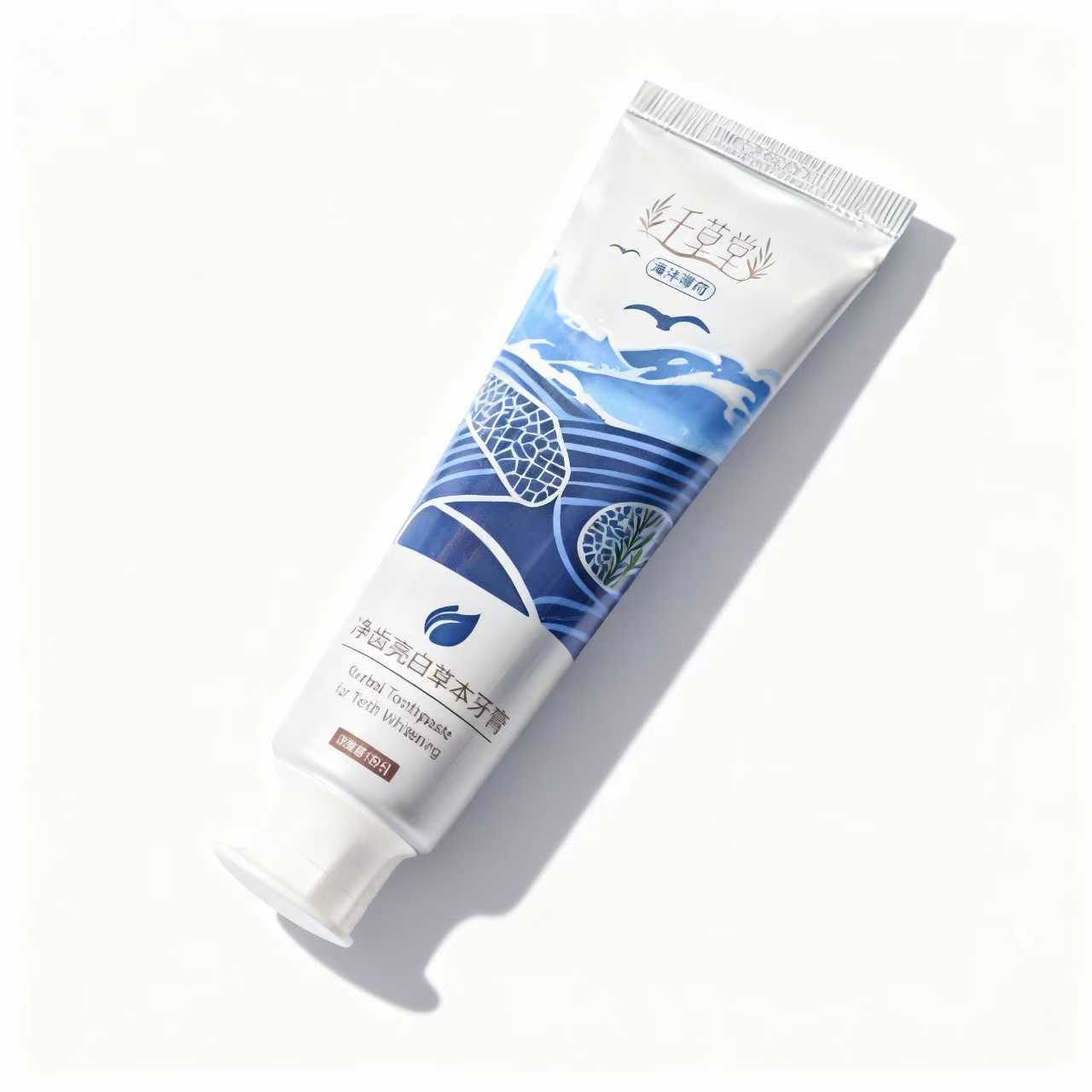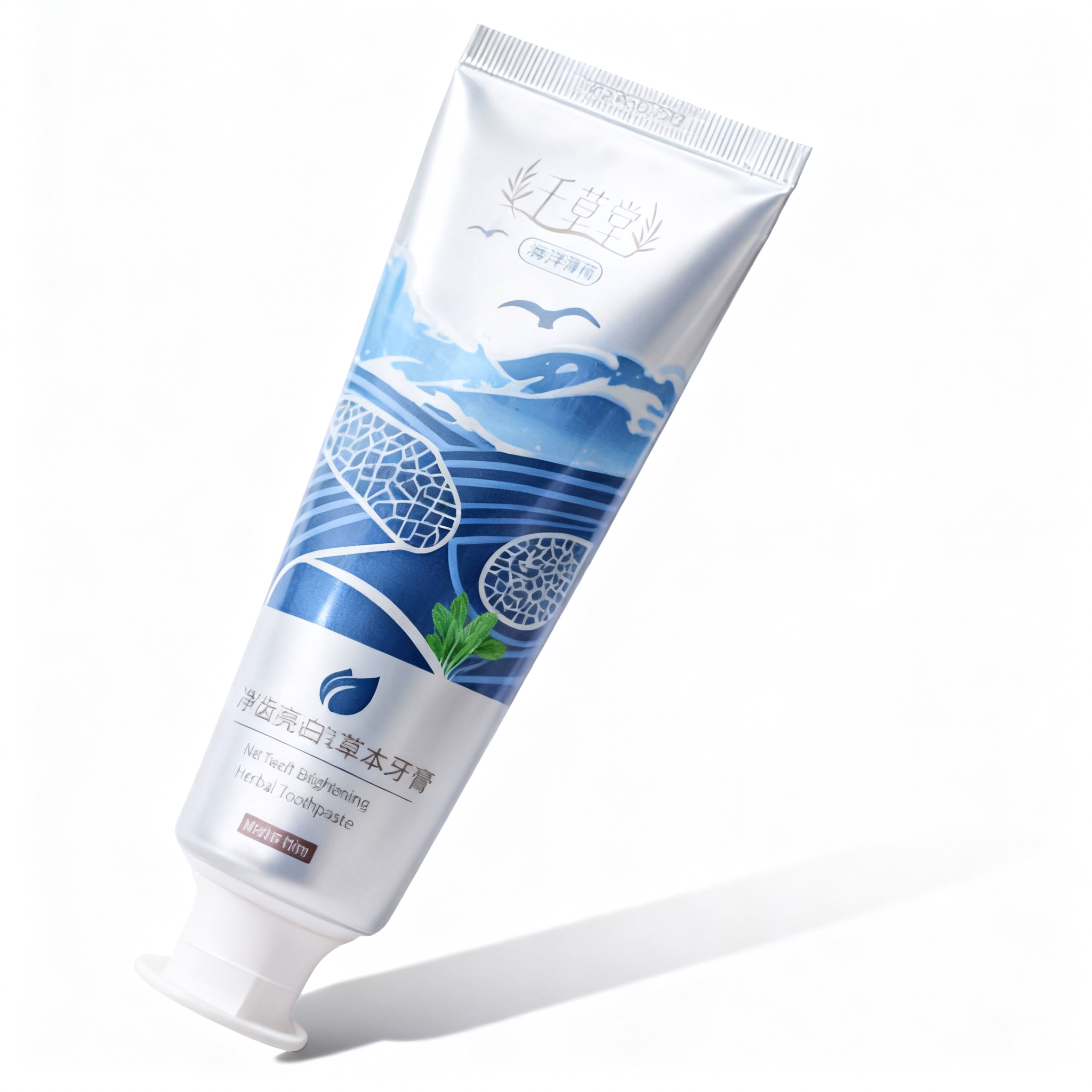
The Natural Power of Diatomaceous Earth: Safe Pest Control for Bed Bugs, Fleas, and Animals
Explore how diatomaceous earth for bed bugs, diatomaceous earth for animals, and diatomaceous earth use for fleas can help you maintain a pest-free and healthy home — all while avoiding harsh chemicals.
In a world increasingly concerned with the side effects of chemical pest control, diatomaceous earth has emerged as a popular, natural alternative. This fine powder, made from the fossilized remains of microscopic aquatic organisms called diatoms, has been used for decades to control pests in a non-toxic, eco-friendly manner. Whether you're dealing with a bed bug infestation, trying to eliminate fleas from your pet's environment, or seeking a safe supplement for animals, this multi-purpose material delivers promising results.
In this guide, we explore how diatomaceous earth for bed bugs, diatomaceous earth for animals, and diatomaceous earth use for fleas can help you maintain a pest-free and healthy home — all while avoiding harsh chemicals. We’ll also cover its safety, application techniques, and potential benefits beyond pest control.
What Is Diatomaceous Earth?
Diatomaceous earth (DE) is a naturally occurring, silica-based powder derived from the fossilized skeletons of tiny, aquatic organisms. These organisms, known as diatoms, lived in freshwater and saltwater environments. Over millions of years, their silica-rich shells accumulated and formed sedimentary deposits, which are then mined and milled into the fine, white powder we use today.
DE has microscopic sharp edges that are harmless to humans and animals but lethal to insects. When insects crawl across diatomaceous earth, the powder pierces their exoskeletons and absorbs the protective oils and fats from their outer layer. This causes them to dehydrate and die, usually within 24 to 72 hours. This mechanical mode of action makes DE unique among pest control substances — pests cannot build immunity to it as they might with chemical pesticides.

Types of Diatomaceous Earth: Food Grade vs. Industrial Grade
When shopping for diatomaceous earth, you’ll notice two main types:
1. Food Grade Diatomaceous Earth
This is the safest form for use around pets and people. Food-grade DE contains less than 1% crystalline silica, which is the form of silica that can be harmful when inhaled in large quantities. Because it is considered safe for human and animal consumption, food-grade DE is often used:
- In pest control around the home
- As a feed additive for livestock
- In stored grain to prevent insect damage
- In some natural health supplements
2. Industrial Grade Diatomaceous Earth
Also known as filter grade, this form of DE is used primarily in swimming pool filters and some industrial applications. It contains a much higher level of crystalline silica, which can cause lung damage if inhaled. Industrial-grade DE is not safe for use around pets, children, or food.
Always ensure you purchase food-grade diatomaceous earth for any use involving humans or animals.
Diatomaceous Earth for Bed Bugs: Myth or Method?
You may have encountered the term "diatomaceous Earth for bed bugs" in online articles, discussion forums, or pest control blogs. Though not a scientific term, "diatomaceous Earth" is often a misnomer or brand-specific variation referring to diatomaceous earth used for controlling bed bugs.
Bed bugs are notoriously difficult to eradicate due to their resistance to many chemical pesticides, their small size, and their habit of hiding in inaccessible places. However, DE offers an effective and natural solution:
How It Works
When bed bugs crawl through diatomaceous earth, its microscopic edges cut through their exoskeletons.
The powder draws out moisture and oils, effectively drying out and killing the insect.
Bed bugs typically die within 1 to 3 days of contact with DE.
Application Tips for Maximum Effectiveness:
- Disassemble the bed frame to expose all crevices.
- Apply DE lightly in cracks, along baseboards, behind headboards, and inside wall outlets.
- Use a duster or puffer tool for even application.
- Leave DE in place for at least 5–7 days before vacuuming and reapplying.
- Repeat the process weekly for a month to ensure the full lifecycle of the bed bugs is disrupted.
In summary, whether referred to as diatomaceous Earth for bed bugs or simply food-grade diatomaceous earth, this natural powder remains one of the most effective non-toxic solutions for bed bug control.
Diatomaceous Earth Use for Fleas: How It Works
Fleas are persistent pests that thrive in warm environments, and they can be difficult to remove once they establish themselves in a home. Fleas feed on the blood of animals and humans, causing itching, allergic reactions, and even the spread of disease. Chemical treatments can be harsh and sometimes harmful to pets, which is why diatomaceous earth use for fleas is becoming increasingly popular.
Why DE Works Against Fleas:
- Fleas are vulnerable to the desiccating (drying) effect of DE.
- The powder damages their protective layer and causes dehydration.
- It affects adult fleas as well as larvae that come into contact with treated surfaces.
How to Apply DE for Flea Control:
1. Indoor Application:
Vacuum thoroughly before applying DE to remove flea eggs and stimulate flea activity.
Dust DE onto carpets, rugs, baseboards, pet bedding, furniture, and cracks.
Let it sit for at least 48 hours before vacuuming again.
Repeat the process weekly for a month to ensure complete elimination.
2. Outdoor Application:
Focus on shaded, moist areas where fleas are likely to thrive (under decks, pet areas, garden edges).
Reapply after heavy rain, as moisture neutralizes DE.
3. On Pets:
Lightly dust your pet’s coat with food-grade DE.
Avoid the eyes, mouth, and nose.
Let it sit for several hours before bathing your pet.
Use a flea comb afterward to remove dead fleas and eggs.
By following these steps, diatomaceous earth use for fleas can drastically reduce flea populations in your home and yard without putting pets at risk.

Diatomaceous Earth for Animals: Uses, Dosage, and Benefits
In addition to pest control, many pet owners and farmers use diatomaceous earth for animals as a dietary supplement and bedding additive. Food-grade DE is rich in trace minerals and has mild abrasive qualities that offer potential benefits when used internally and externally.
External Uses:
- Flea and tick control: Light dusting on pet fur can help repel pests.
- Deodorizer: Neutralizes odor in litter boxes, barns, and cages.
- Bedding additive: Keeps stalls dry and reduces insect presence.
Internal Uses (with Vet Guidance):
- Natural dewormer: May help control internal parasites like roundworms and hookworms.
- Digestive health: Improves gut flora and nutrient absorption.
- Detoxification: Absorbs toxins and heavy metals.
How to Apply Diatomaceous Earth Safely
While DE is non-toxic, it should still be used with care to minimize exposure to dust, especially in large applications.
Application Guidelines:
Wear a mask when applying to avoid inhalation of fine particles.
Use a duster or powder applicator for even, controlled distribution.
Keep out of reach of children and pets during application.
Avoid wet application unless you plan to reapply after drying, as moisture reduces effectiveness.
Cleaning Up:
Vacuum thoroughly after treatment periods.
Wash pet bedding and toys after flea treatments.
Dispose of vacuum bags or empty vacuum containers outdoors.
Diatomaceous earth is only effective when dry. After cleaning or exposure to moisture, reapply DE for continued protection.
FAQs About Diatomaceous Earth and Pets
Is diatomaceous earth safe for dogs and cats?
Yes, food-grade diatomaceous earth is generally safe for pets when used as directed. Avoid inhalation and over-application, and always monitor pets for any signs of irritation.
Can I put DE directly on my pet?
Yes, but use it sparingly and keep it away from their face. After application, rinse your pet thoroughly and use a flea comb.
Will DE eliminate all fleas immediately?
No, DE takes time to work. Fleas may die over a span of 24–72 hours. Repeated applications are often necessary.
Can I use DE for worm control in animals?
Some studies and anecdotal evidence support this, especially in farm animals, but it's not a substitute for vet-prescribed dewormers.
Conclusion
Whether you're dealing with bed bugs, fleas, or seeking a natural supplement for your animals, diatomaceous earth offers a proven, non-toxic alternative to chemical solutions. Although "diatomaceous Earth for bed bugs" may be a misunderstood or branded term, it refers to the same trusted ingredient that countless homes and farms have relied on for pest control and animal wellness.
Thanks to its mechanical mode of action, insects cannot develop resistance to DE, making it a powerful long-term tool. Just remember to choose food-grade DE, apply it safely, and consult professionals for internal use in animals. With the right approach, you can enjoy a cleaner, safer, pest-free environment naturally.




